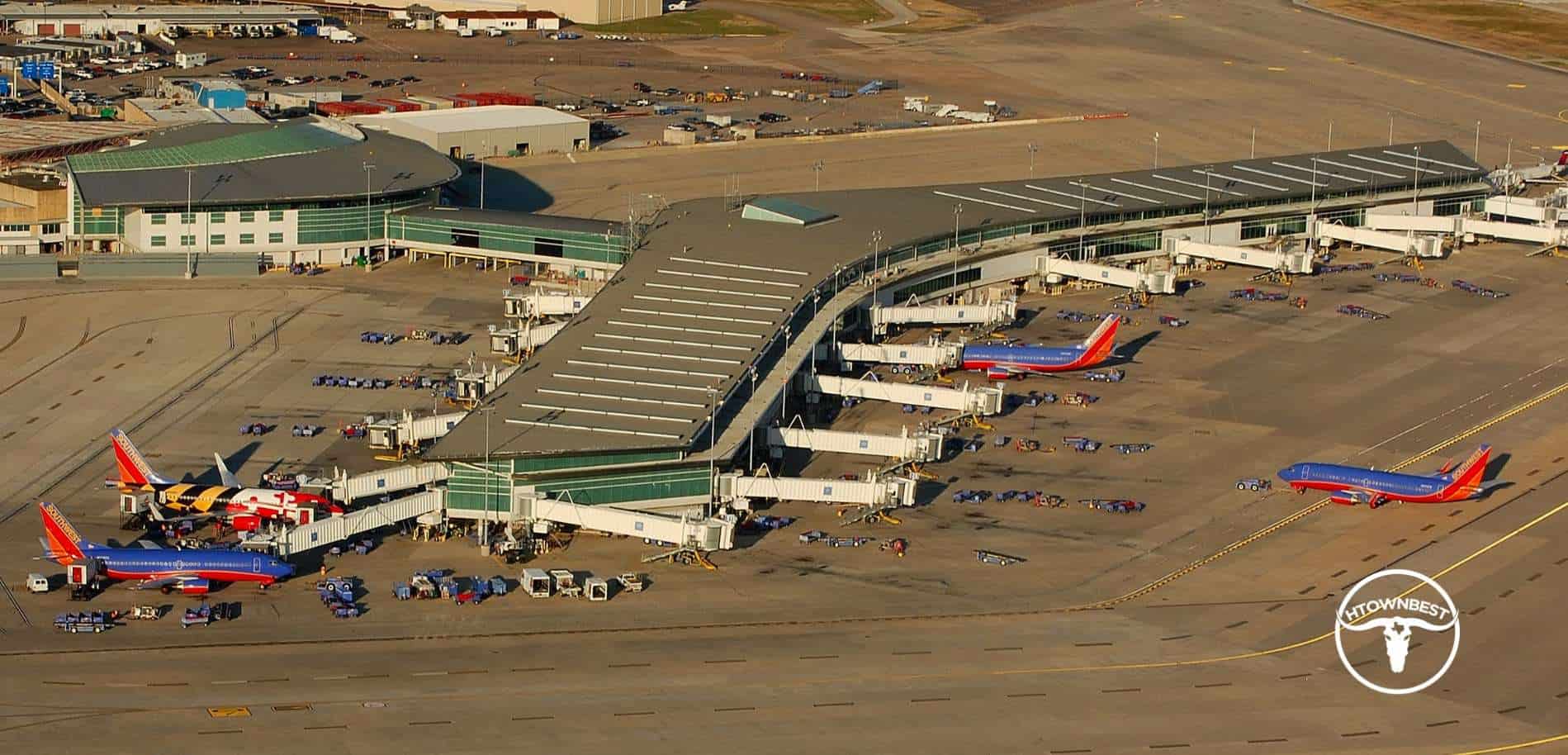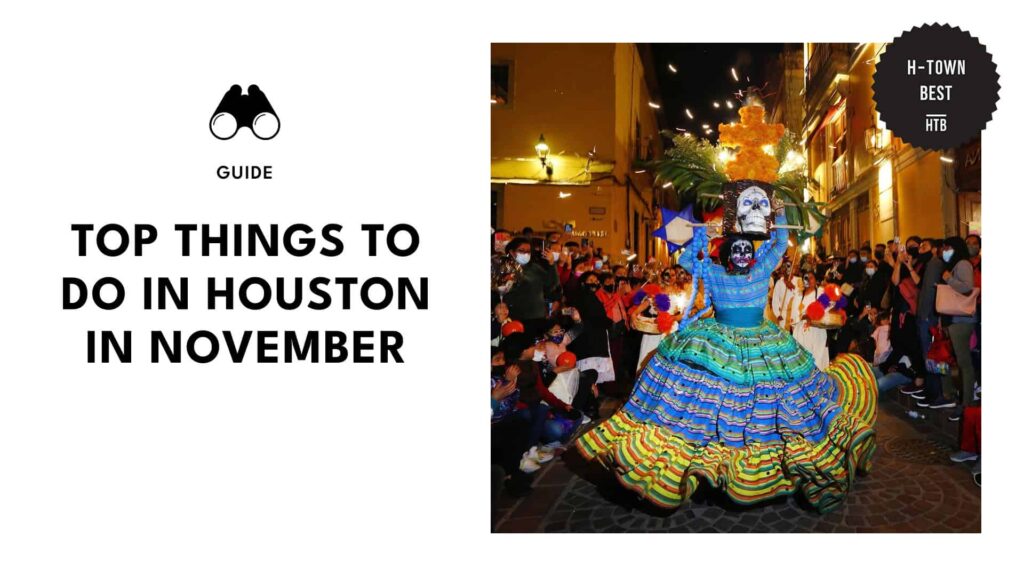A Quick Primer on Houston’s Hobby Airport

As one of the most popular holiday destinations in the country, Houston offers tourists plenty of sights and experiences like beaches, museums, pubs, parks, and others.
Both locals and tourists going in and out of the city by flight often go to the Hobby Airport. While this airfield has been operating since 1927, some might not be aware of its long and rich history.
Don’t worry, for here is a brief overview of Houston Hobby Airport’s expansive history, as well as the latest statistics about it:
What is the Houston Hobby Airport?
William P. Hobby Airport, commonly known as the Hobby Airport, is one of the two major airports in Houston. It’s located around 7 miles southeast of Downtown Houston and is the go-to destination of Houstonians for domestic flights.

Photo from Mlickliter/Wikimedia Common
The William P. Hobby Airport uses the International Air Transport Association station code HOU.
Hobby Airport is the city’s oldest commercial airport, serving as Houston’s main airfield until 1969 when the Houston Intercontinental Airport or George Bush Intercontinental Airport opened.
Currently, the Hobby Airport houses a single terminal with 2 concourses and 30 gates for both domestic and international flights.
When was Hobby Airport built?

Photo from LoneStarMike/Wikimedia Commons
Hobby Airport opened in 1927 after William Thomas Carter, Jr. built a private airfield on his 600-acre land.
Later, Houston acquired this airfield and added around 640 acres to its total area in 1937. The officials also renovated its original wooden building into a concrete, art-deco-style terminal in 1938.
In 1940, Houston City opened a new air terminal, control tower, and hangar in Hobby airport.
What happened after it was built?

Photo from the Library of Congress
Throughout the 1940s to 1950s, the Hobby Airport housed domestic flights and some international ones bound for South America and The Caribbean.
Due to air travel’s popularity skyrocketing, Hobby Airport became too small to accommodate the growing crowd of fliers. In response, the Civil Aeronautics Administration started plans to build a bigger airport in the 1950s.
After the Houston Intercontinental Airport opened to the public in 1969, the city government moved all passenger flights to this newly-built airport. Meanwhile, Hobby Airport continued hosting corporate and private flights.
Two years later, commercial flights resumed at Hobby Airport after Houston Intercontinental Airport became over-congested with too many passengers.
In 1978, the two original tenants of the 1940 Air Terminal pulled out of Hobby Airport. After the management failed to look for new airlines that’ll fill the said spot, the Houston Aeronautical Heritage Society renovated the area into the 1940 Air Terminal Museum.
Starting in 1998, the Houston Airport System started renovation plans for Hobby Airport, demolishing the three concourses to create a single one with 25 gates. These gates opened in 2003 and finished construction in 2007.
The current international terminal started in 2013, sponsored through a partnership with Southwest Airlines. The project lasted for 2 years and cost $150 million to finish.
How did Hobby Airport get its name?

Photo from WhisperToMe/Wikimedia Commons
Throughout its 95 years of existence, Hobby Airport had many name changes.
The airport was initially called “WT Carter Field” after its founder William Thomas Carter, Jr. This was later changed to “Houston Municipal Airport” after the city government acquired the property.
In July 1938, business magnate and pilot Howard Hughes set the record for the fastest flight around the world. Because of this feat and his contributions to the airport, the city government renamed the airfield “Howard R. Hughes Airport.”
Although after 2 months, they reverted to Houston Municipal because of Federal regulations. During that time, the Federal government was not giving grants to establishments named after a living person.
The airport was renamed Houston International Airport in 1954 after its remodeling and a new addition to a more advanced terminal.
In 1967, the government changed the airport’s name to “William P. Hobby Airport” after the 27th governor of Texas. The name change corresponds to the year George Bush Intercontinental Airport opened.
What is the current state of Hobby Airport today?

Photo from WhisperToMe/Wikimedia Commons
Currently, the Hobby Airport mainly serves as an alternative airport for domestic passengers and is the top provider of corporate and private flights in Houston.
The Hobby Airport has 4 runways and 30 aircraft gates equipped with biometric scanners on the entrance and the exit. It also became the 1st airport in North America to receive a 5-Star rating from Skytrax, a UK-based airport review and ranking body.
Based on the data provided by the Houston Airport System, Hobby Airport is slowly regaining its pre-pandemic passenger average. Even though the 2022 count is only until August, one can see that it’s catching up to the 2021 passenger count.
Source: Houston Airport System
What shops and services can I find inside the Hobby Airport?
If you’re leaving or flying to Houston through the Hobby Airport, there are several facilities and services available in the area for your flight needs:
- Accessible devices and facilities for persons with disability (PWDs)
- PWD comfort rooms
- Reserved PWD parking space
- Service animal areas
- TSA assistance during security screening
- TTY telephones
- Virtual interpretation through Aira
- Wheelchair service
- Automated External Defibrillators
- ATMs
- Baggage carts
- Chapel
- Charging outlets
- Courtesy phones
- Currency exchange booths
- Information kiosks
- Library
- Shoe shine
- Smoking areas
- Vending machines
- Water refilling stations
- Wi-Fi
You can also grab something to eat at these popular food shops inside the Hobby Airport:
- Baskin Robbins
- Buffalo Wild Wings
- Chick-fil-A
- Dunkin’ Donuts
- Pappas Restaurants
- Pappadeaux Seafood Kitchen
- Pappas Bar-B-Q
- Pappas Burger
- Pappasito’s Cantina
- Pappasito’s Cantina Bar
- Peet’s
- Starbucks
- Subway
- Wendy’s
Now that you’re familiar with the Hobby Airport, make sure to prepare well before your next flight. You can revisit our guide on the other airports in Houston so your air travel goes smoothly!





